Recommended videos
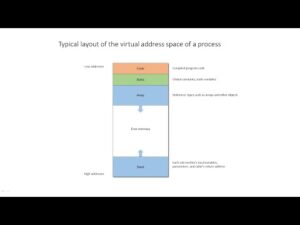
Read More
Video about the scope and lifetime of variables and parameters. The nature and use of local, class level, static and global variables are described in relation to the execution stack and the heap. The difference between value types and reference types is also explained, as is passing parameters by reference or by value. Code examples are written in VB.NET. In particular, this first video describes the layout of the virtual address space of a typical process. It defines a number of terms including program, process, subroutine and method, and introduces the roles of the stack and the heap.Duration: 7 minutes.
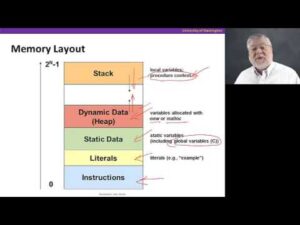
Read More
This is a lecture video from the Hardware/Software Interface class, which examines key computational abstraction levels below modern high-level languages..Duration: 10 minutes.

Read More
This is a lecture video from the Hardware/Software Interface class, which examines key computational abstraction levels below modern high-level languages..Duration: 13 minutes.
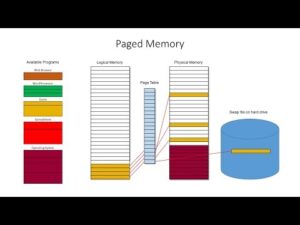
Read More
Memory management is one of the main functions of an operating system. This video is an overview of the paged and segmented memory management systems. It describes how a segmented memory management system employs segments of different sizes, which can result in fragmented free space and prevent large processes from accessing the memory very often. This is compared with a paged memory management system in which small equal sized pages are used instead. Concepts such as logical and physical memory are explained, as well as the use of secondary storage to provide virtual memory. Duration: 7 minutes.
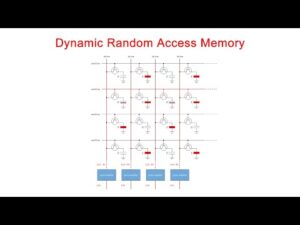
Read More
This series of computer science video tutorials covers the fundamental principles of Random Access Memory and essential concepts of RAM operation. These computer science lessons include the workings of DRAM and SRAM, the role of sense amplifiers, decoders, and the ways in which RAM is organised and accessed.
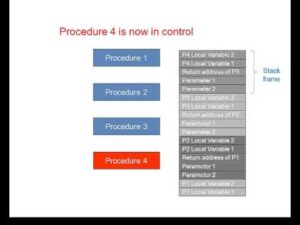
Read More
This computer science video illustrates how the call stack is used to manage the way procedures and functions call each other and pass parameters. Duration: 6 minutes.
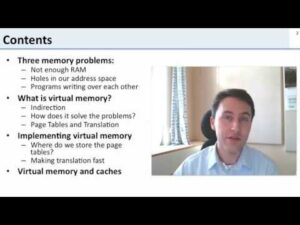
Read More
Contents: Introduction 1) Three problems solved by virtual memory (not enough RAM, holes in the address space, security), 2) What is virtual memory? 3) how do we implement virtual memory Duration: 14 episodes.
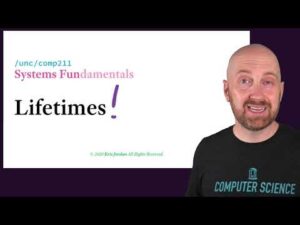
Read More
The Lifetime of Automatic, Stack Variables in the C Programming Language Duration: 32 minutes.

Read More
Static Memory and Static Lifetimes in the C Programming Language Duration: 46 minutes.

Read More
malloc, calloc, realloc, and free - Introducing Dynamic Heap Memory. Duration: 1 hour, 3 minutes.
![Intermediate C++ Game Programming DirectX [Dynamic (Heap) new delete] Tutorial 5](https://iraspa.org/wp-content/uploads/2021/02/Intermediate_Cplusplus_Game_Programming_DirectX_Dynamic_Heap_new_delete_Tutorial_5_ChiliTomatoNoodle-300x225.jpg)
Read More
Tutorial on dynamic memory management in C++. Duration: 30 minutes.
![Red Pill [Virtual Memory / Memory Paging / Heap Allocation]](https://iraspa.org/wp-content/uploads/2021/02/Red_Pill_Virtual_Memory_Memory_Paging_Heap_Allocation_ChiliTomatoNoodle-300x225.jpg)
Read More
This is an optional video with detailed information about how the heap is managed by the C runtime, how virtual memory and memory paging works, and how the operating system allocates and keeps track of memory pages. Duration: 40 minutes.
